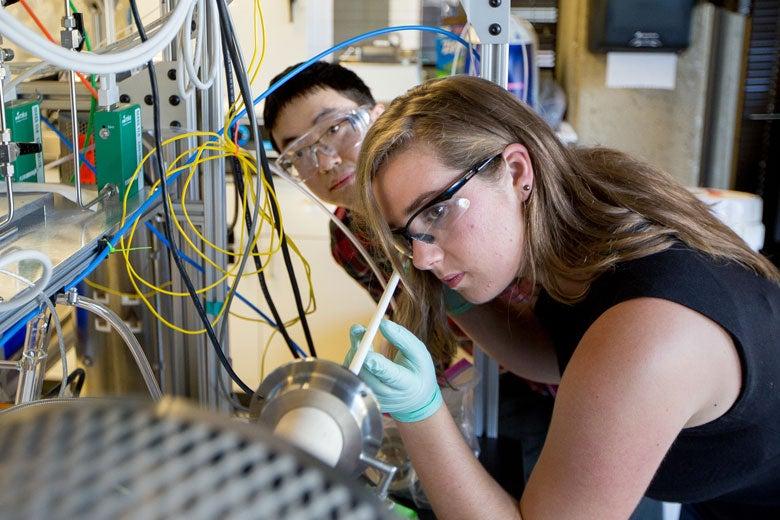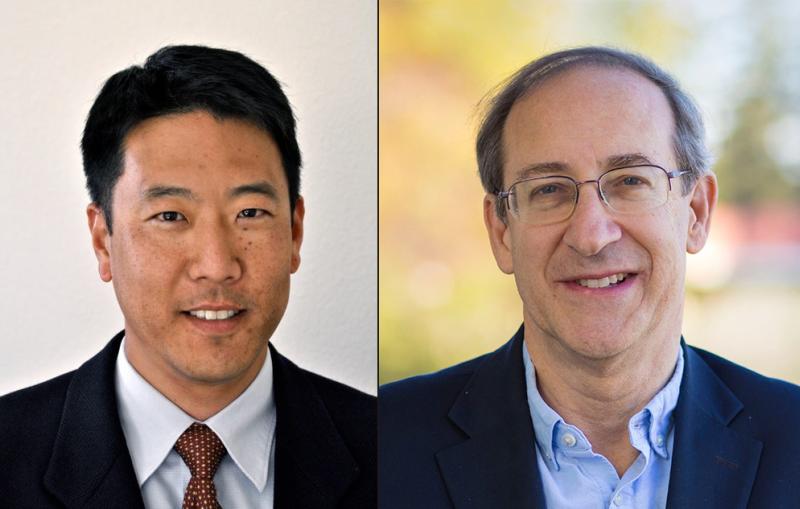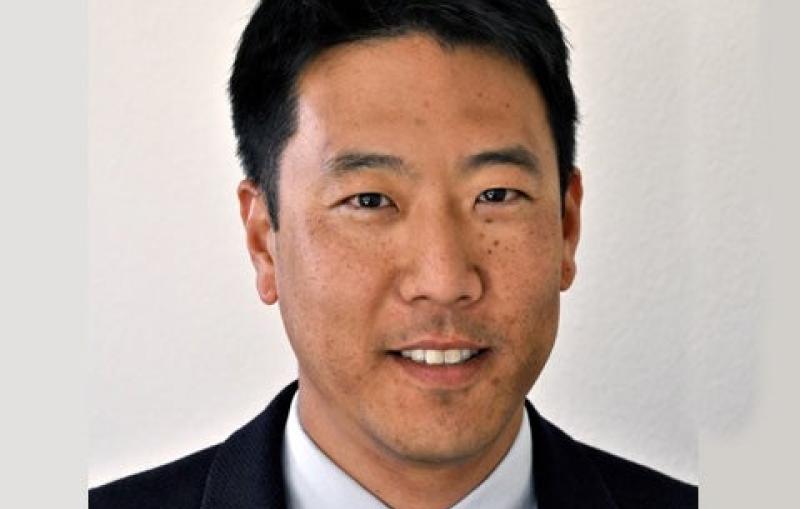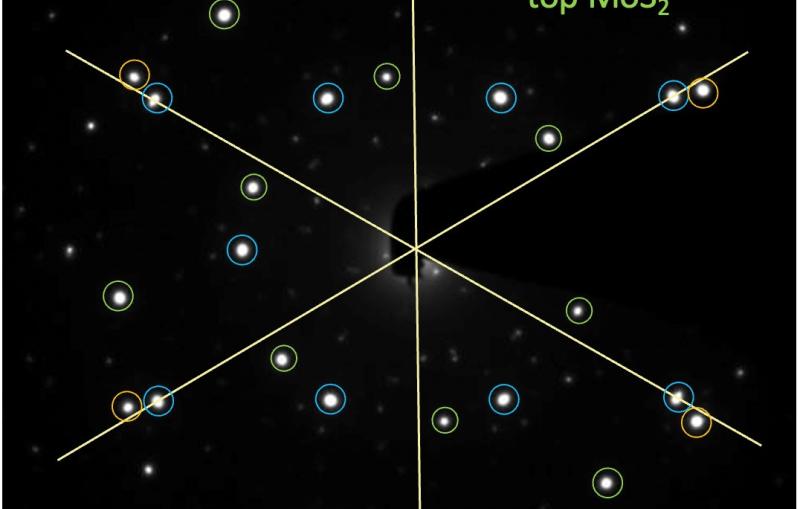October 2, 2015
Battery Experiments Highlight Stanford's Dual Mission of Teaching and Research
SIMES research, which confounds two decades of assumptions on lithium-ion battery design, could lead to better batteries with more power and greater capacity.

Dig Deeper





